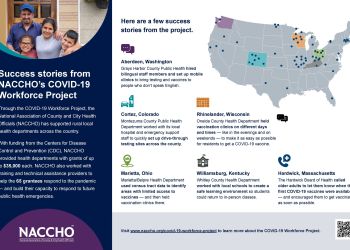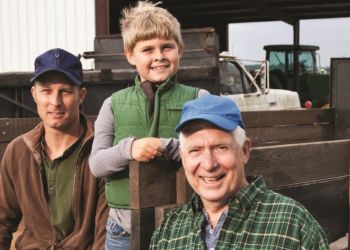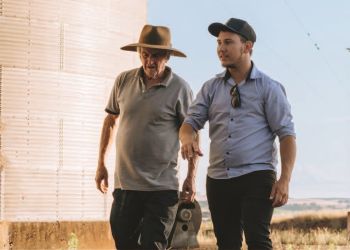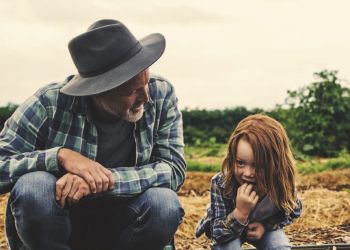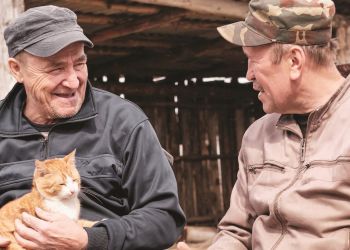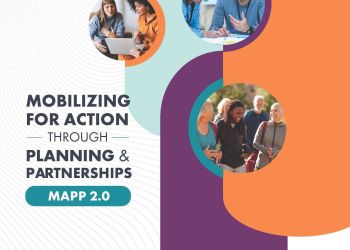Fewer than 12,000 people call rural Greene County, Illinois, home. It may be a small community, but it’s also “vibrant, rich in culture, and resilient,” said Ron Sprong, Greene County Health Department’s Community Health Manager.
During the COVID-19 pandemic, the health department and county residents demonstrated just how resilient rural communities can be. At a time when relations between many local health departments and their communities were tested, Greene County Health Department found ways to collaborate closely with local residents. The key to its success? “Listening,” said Sprong. “Every community is different, and every community has a set of unique needs. We learned pretty early on that we needed to take the time to listen to residents. When we started doing that, everything changed.”
Through a routine community needs assessment conducted during the pandemic, Greene County Health Department saw how COVID-19 was intensifying pre-existing problems and health disparities in the community. To better understand these issues and set priorities, the health department sought out additional perspectives from community voices by hosting focus groups and using existing touchpoints, like vaccination clinics, to ask residents to complete a survey.
“The message we got from our community was loud and clear,” Sprong said. “They told us what the priorities were. And then we asked them, ‘What do you want from us, and how do you want us to do it?’ That’s where the Community Health Division began.”
The Community Health Division — which the health department founded in 2021 — is responsible for community-based, population-level health interventions and is guided by residents’ input about the community’s biggest health needs. For example, the division works with residents to address mental health and substance use challenges — which worsened during the pandemic. “Early on, there was no infrastructure to support mental health and substance use recovery. The resources were very limited, and isolation became a real problem for a segment of our population,” Sprong said.
In response, staff in the Community Health Division and community members with lived experience founded the Greene & Scott Recovery Council (GSRC) to provide social support and other services to people in Greene County and neighboring Scott County who are recovering from substance use and mental health challenges. Sprong emphasized that the GSRC is not just a health department initiative but “a full-blown movement” co-created with the community. “As a community, we took matters into our own hands to ensure people have access to the resources they need.”
Sprong sees this type of work as the future of public health. “Public health isn’t just immunizations or maternal and child services,” he said. “It’s about addressing the social determinants of health by connecting people to the resources they need to live healthier, longer lives.”
Learn more about Greene County Health Department’s work at greenecountyhd.org, and read the profile here.
NACCHO’s COVID-19 Workforce Project supported Greene County Health Department’s emergency response efforts.
This publication was supported by grant # 6NU38OT000306-03-06 awarded to the National Association of County and City Health Officials and funded by the Centers for Disease Control and Prevention. The contents of this publication are solely the responsibility of the authors and do not necessarily represent the official views of the Centers for Disease Control and Prevention or the U.S. Department of Health and Human Services.


